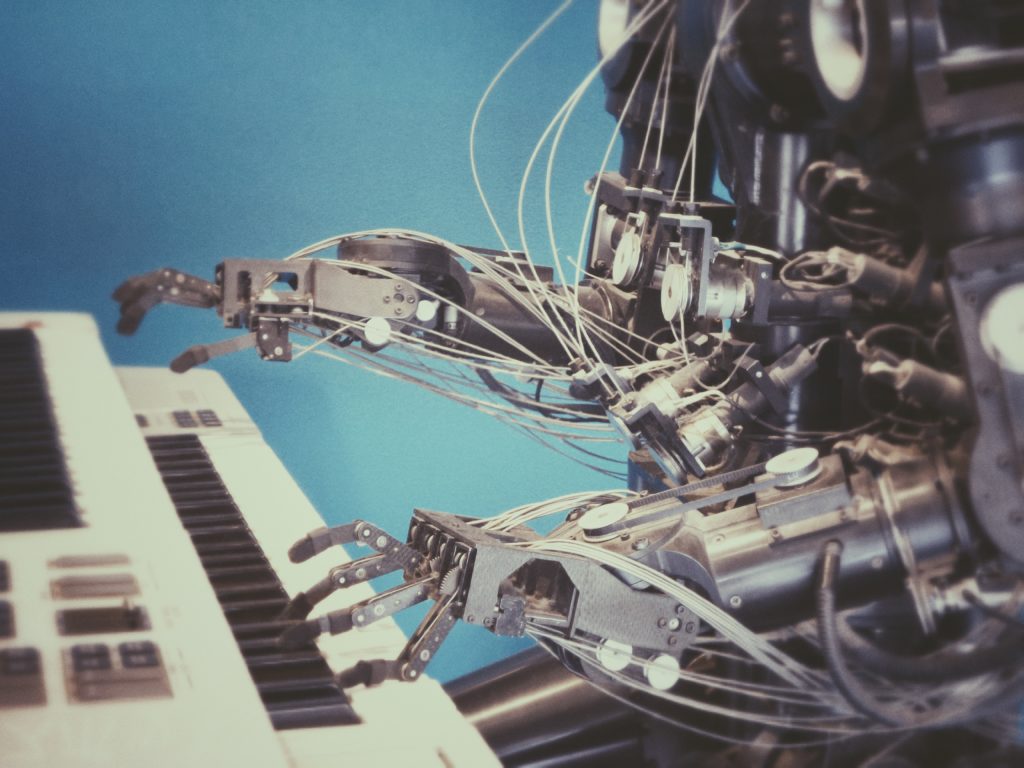Related Articles
The Future of Jobs
The report, Jobs Lost, Jobs Gained: Workforce Transitions in a Time of Automation, suggests job losses will be greatest where tasks are predictable and physical
As you travel to the office each day, look around at all the people that are working. Watch the delivery vans, the bus and train drivers, the postal workers, the coffee baristas etc. Now contemplate whether their jobs may be replaced by the march of technology and automation.
A McKinsey Global Institute study suggests many of them might. The report, Jobs Lost, Jobs Gained: Workforce Transitions in a Time of Automation, suggests job losses will be greatest where tasks are predictable and physical — such as freight delivery — but claims there will be gains in other areas, for example, for professionals and managers. Routine jobs are more at risk of automation than non-routine ones.

(Photo source)
The Trend Continues
This would represent little more than a continuation of what has been happening over recent decades: the number of routine jobs, whether cognitive or manual, white-collar or blue-collar, has stayed largely stagnant while close to all the overall employment growth has been in non-routine jobs.
The McKinsey study examines work that can be automated through 2030, and jobs that may be created in the same period. It examines similar phases of rapid economic transformations in history to draw lessons and identify scenarios for the future. While admitting “it is hard to predict how all this will play out”, the research provides insights into the likely workplace transformations.
For centuries, new technology has sparked workers’ fears. As far back as 1589, Queen Elizabeth I refused to grant a patent to a knitting machine invented by William Lee because of its potential impact on hand knitters. Just over two centuries later, textile workers known as Luddites destroyed weaving machinery, fearing their skills would go to waste as machines replaced them. Eventually the movement had to be suppressed with military force.
Intellectuals have long grappled with the theme. David Ricardo worried in the early 19th century that machines would make labour redundant. In the 1850s, Karl Marx foresaw an era when the means of labour would be transformed by “an automatic system of machinery”. And John Maynard Keynes used the phrase “technological unemployment” in the 1930s to describe a situation in which labour-saving innovations outstripped the rate at which new jobs could be created, thereby leading to a “temporary phase of maladjustment”.
In a 2013 study, Carl Benedikt Frey and Michael Osborne examined the probability of computerisation for 702 occupations and found 47% of American workers had jobs “at high risk” of automation. They warned most workers in transport and logistics — such as taxi and delivery drivers — and office support — receptionists and security guards, for example — were likely to be replaced by computers. They added many workers in sales and services — such as cashiers, telemarketers and accountants — also faced a high risk of computerisation.
One can already see a proliferation of automated checkouts at supermarkets. One wonders whether the mass review at University Hospital Kerry of 46,000 X-rays, ultrasound images and CT scans will recur in the future after the task of reviewing such medical evidence is inevitably automated? Replacing humans with machines may not just cost jobs, but may also improve service quality and reliability.
.
The Good News
The good news, says McKinsey, is that while technological change often causes great short-term labour displacement, in the long run “it creates a multitude of new jobs and unleashes demand for existing ones, more than offsetting the number of jobs it destroys even as it raises labour productivity”.
Real annual productivity growth of about 2% a year allows living standards to multiply by more than seven times over a century. That means a person on an average wage today can have better health, superior nutrition, higher living standards and improved entertainment and travel opportunities than even a monarch living a century ago.
Humans have achieved that growth not by working harder or longer, but by working cleverer and more productively. Technological change can help continue that trend even as it forces labour market adaptation and social and political dislocation.
In the US, the agricultural share of total employment declined from more than 50% in 1850 to less than 5% by 1970, while manufacturing fell from 26% in 1960 to below 10% today. One-third of China’s workforce moved out of agriculture between 1990 and 2015. In Ireland, agriculture’s share of employment has fallen from 13.6% to under 5% in the past two decades.
.
Painful Transition
McKinsey warns such shifts can have painful consequences for workers. During the Industrial Revolution in England, average real wages stagnated for decades, even as productivity rose. Eventually, wage growth caught up to and then surpassed productivity growth. But the transition period was difficult for individual workers. The fiction of Thomas Hardy in works such as The Mayor of Casterbridge captured the grim fortunes of those forced to give up a fairly predictable life on the land for the uncertainty of a technological, urban life. The development of the welfare state was a reaction to this.
It is important to note the push for state welfare began long before reforms such as the introduction of social insurance in Germany in 1889 and the arrival of the British welfare state after 1945. The political push for welfare was a political reaction to the labour-market displacement caused by technological change. Don’t be surprised to see a similar political push in future.
McKinsey reckons, by 2030, between 75m and 375m workers will need to switch occupational categories. Workers will also need to adapt, as their jobs evolve and make more use of machines. Income inequality may grow, as demand for already high-paid jobs intensifies while that for lower-skill jobs diminishes.
The authors argue, in a nod towards allowing markets to operate freely, that “mid-career job training will be essential, as will enhancing labour market dynamism and enabling worker redeployment”. Then they nod towards the welfare state when they argue for a “strengthening transition and income support for workers caught in the crosscurrents of automation”.
It is hard to avoid the conclusion that, in the years to come, this is the policy mix that we will face.
Cormac Lucey is an IMI associate on the IMI Diploma in Business Finance. Cormac is also a Financial Services Consultant and Contractor who has previously worked with PricewaterhouseCoopers, Rabobank Frankfurt and the Department of Justice.




